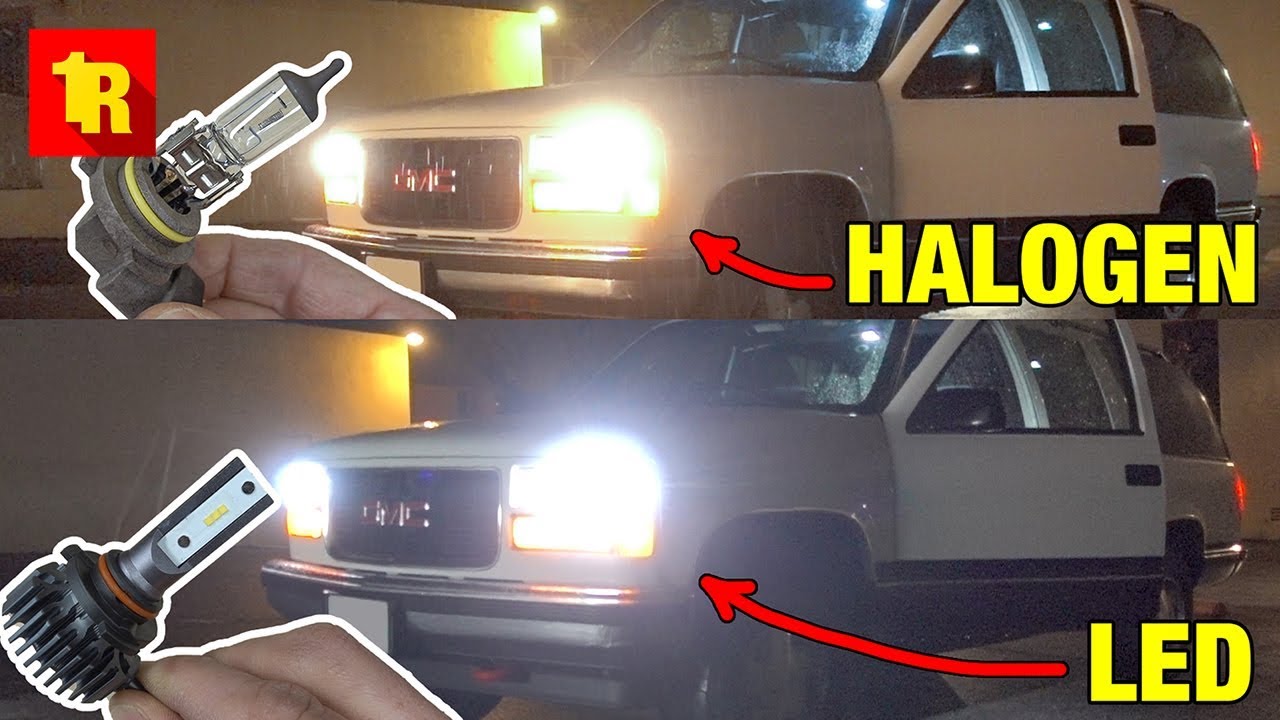Replacing your vehicle engine can run you several thousand dollars. Therefore, based on this alone, it makes sense to try and preserve this component for as long as possible. In fact, with the help of a few tips and tricks, you can keep your engine in excellent shape.
Thus, on this note,
here are the top practices you should follow:
1. Change Your Spark Plugs as Needed
Your car’s engine doesn’t just rely on fuel. It also requires electricity to power up and run. This is where spark plugs and their corresponding wires come in. As you can imagine, spark plugs get quite a bit of use and can begin to wear out after a while.
This means that at some point, your spark plugs will require replacing. The exact time will depend on the manufacturer’s instructions and just how much you put your engine through its paces. Nevertheless, it is important to replace your spark plugs as needed. If you fail to do this, you could cause the engine to run rough or even damage the cylinders.
2. Change Oil on a Regular Basis
This is advice that you have probably heard often but it bears repeating anyway. Understand, oil works to keep the various components of the engine well-lubricated so that they don’t get overheated. If you don’t change out the oil, you may end up causing permanent damage to your engine.
Now, the exact time of your oil change will depend on the make and model of your car. This is why your owner’s manual is helpful when it comes to figuring out when to change the oil. In most cases, newer cars don’t require as many oil changes while older models need more frequent ones.
3. Maintaining the Cooling System
It isn’t just engine oil that keeps the engine from overheating. The cooling system plays a rather important role as well. The entire system consists of the radiator, thermostat, water pump, and the coolant. The good news though, is that you mainly have to keep an eye on the coolant level.
To do this, just pop the hood of your car and look at the coolant tank. This is easy to spot. It is a clear tank and contains either orange or green liquid inside. This liquid needs to be below the maximum mark and above the minimum mark for the best performance.
4. Keep Your Tank Half-Full At Least
Do you keep running your tank down to empty before fervently looking around for a gas station? If so, you need to change this habit. Keep in mind, fuel does tend to have a small amount of sediment in it. Thus, over the years, this sediment can begin to accumulate. For the most part, this doesn’t really pose a problem.
That is, of course, until you keep running on empty. When this happens, there is a possibility that this sediment will get through your fuel filter. This could result in internal damage or an engine that is forced to work harder than usual.
The good news is that you don’t have to drive around with a full tank at all times. Instead, focus on keeping it half-full. Or, at the very least, don’t run it down to empty.
5. Replace the Fuel Filter
The above point emphasized the importance of the fuel filter and how it works to keep any kind of sediment or debris away from the engine. During the course of this task, the filter can get rather clogged up. Thus, you may find that it’s more difficult to start up your car. It could be that acceleration is quite sluggish or even stalls when you try to leave the vehicle idling.
At this point, you may need to replace the fuel. Now, this isn’t something you can always manage by yourself. In some models, the fuel filter is rather accessible. Here, you shouldn’t find it hard to swap out the component with a new one. If you can’t get to it easily, you will need a mechanic to help you out.
6. Change Air Filters When Needed
Fuel is just one component that helps the engine run. Air – or rather oxygen – is just as significant. After all, it is only with the help of air that the engine can burn fuel. Naturally, for the best performance, the air entering the engine needs to be clear and free of debris.
Air filters are responsible for keeping dirt, dust, and other types of debris away from the engine. However, in the process of doing this, the filters themselves can become clogged up with grime. As a result, they become less efficient at their job.
Most manufacturers will offer their own guidelines on how often the filter needs to be changed. At the same time, you should pay attention to the conditions you drive through every day. If your car is constantly exposed to pollution, dust, and poor road conditions, you may need to change the air filters more often.
7. Keep an Eye on Your Engine Belts
Your belts work every time your engine does. That is to say, they are constantly in use and this can lead to a fair amount of wear and tear. Now, it’s important to catch this deterioration before it becomes too significant. The last thing you want is for the belt to snap while you’re driving. This can cause extensive damage to your engine.
To avoid this, make it a point to check your belt every now and then. As you can imagine only do this when the car has been at rest for some time and has completely cooled down. See if any parts have been worn away or if there are any cracks. This is a sure sign that it needs to be replaced immediately.
These are the top precautions and practices you can take to keep your engine in the best possible condition. As a result, your engine will function smoothly for a longer period of time.
Source: https://unsplash.com/photos/VurHDpO4VYI




